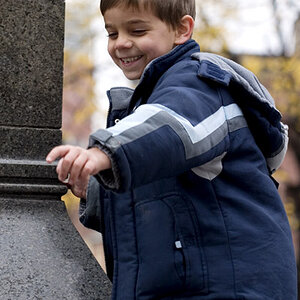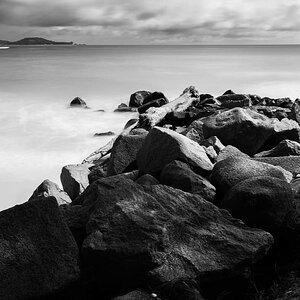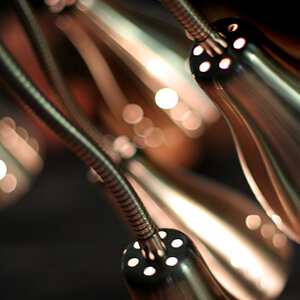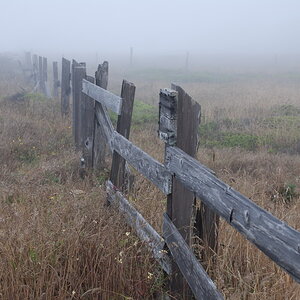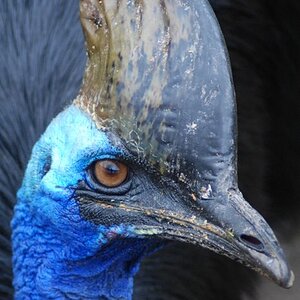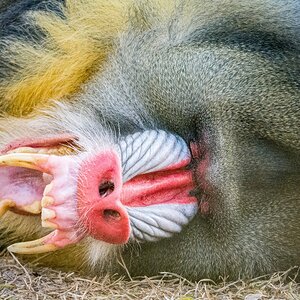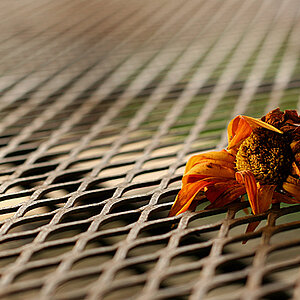stormbind
TPF Noob!
- Joined
- Dec 23, 2005
- Messages
- 104
- Reaction score
- 0
- Location
- Clemson, SC
- Can others edit my Photos
- Photos OK to edit
I see some talk on here about image stacks. I was wondering if someone was willing to explain what an image stack is and how to implement one.








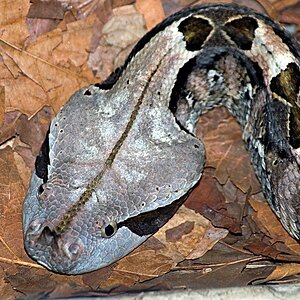
![[No title]](/data/xfmg/thumbnail/34/34065-43f99c081a04bd087c00711d2fe010ee.jpg?1619736261)
